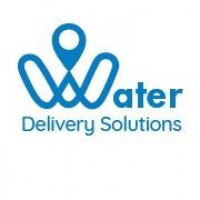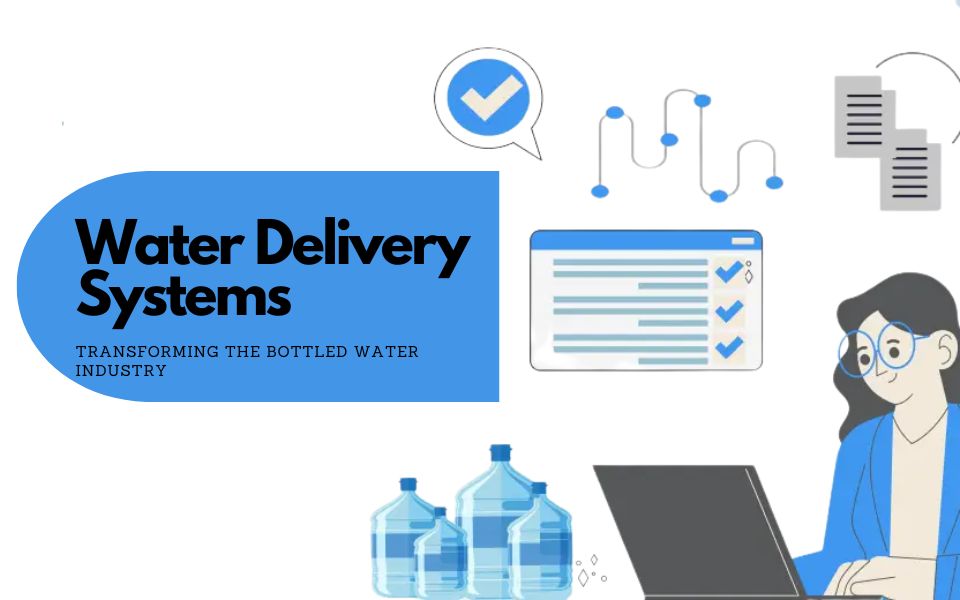What Is a Water Delivery System and How Does It Work?

Strong 8k brings an ultra-HD IPTV experience to your living room and your pocket.
In today’s fast-paced and convenience-driven world, access to clean and safe drinking water is more critical than ever. Water delivery systems have emerged as an essential solution for both residential and commercial needs, offering hassle-free water supply without the need for traditional plumbing infrastructure. But what exactly is a water delivery system, and how does it work?
We’ll explore everything you need to know about water delivery systems, including their components, working mechanism, benefits, and how businesses can leverage them for streamlined operations.
What Is a Water Delivery System?
A water delivery system is a structured setup designed to transport water from a source (such as a plant or depot) to end users through manual or automated means. These systems are commonly used in bottled water delivery businesses, construction sites, offices, homes, and even industrial facilities.
Water delivery systems are typically categorized into two types:
- Manual Water Delivery – Involves scheduled deliveries by personnel, usually transporting bottled water to customers.
- Automated Water Delivery Systems – Uses software and IoT-enabled tools to schedule, track, and manage deliveries efficiently.
Key Components of a Water Delivery System
To understand how the system functions, it's important to know the components that make up a typical water delivery setup:
1. Water Source
This could be a natural spring, a purified water plant, or a storage tank. The water must meet health and safety standards before delivery.
2. Storage Tanks and Containers
These are large tanks where purified water is stored before being packaged or loaded for delivery.
3. Packaging Units
Water is packaged in bottles, cans, or gallons depending on the target customer—residential, office, or commercial.
4. Distribution Fleet
Delivery vehicles (vans, trucks, or bikes) are used to transport water containers to customers. Modern fleets are often GPS-enabled.
5. Water Delivery Management Software
An essential digital tool used to automate order processing, customer management, invoicing, and route optimization.
6. Delivery Staff and Logistics
Skilled delivery teams ensure that water is delivered to the right place, at the right time, in the right quantity.
How Does a Water Delivery System Work?
The functionality of a water delivery system depends on its scale and level of automation. Here's a simplified overview of the workflow:
Step 1: Order Placement
Customers place an order via a website, mobile app, or phone call. Automated systems instantly capture and schedule the request.
Step 2: Order Processing
The system checks inventory levels, verifies delivery routes, and assigns the order to the nearest distribution center.
Step 3: Packing and Dispatch
Bottles or containers are selected, packed, and labeled. Delivery personnel load the products into assigned vehicles.
Step 4: Delivery Execution
Drivers follow GPS-optimized routes to deliver the water. Customers receive real-time notifications and tracking updates.
Step 5: Payment and Confirmation
Once the delivery is completed, payment is processed (online or COD), and the order is marked complete. An invoice is often auto-generated.
Step 6: Follow-Up and Maintenance
The system may prompt for feedback, schedule recurring deliveries, or remind customers about bottle returns and service renewals.
Benefits of Using a Water Delivery System
1. Convenience for Customers
Users can easily schedule deliveries and receive water without stepping out or managing heavy bottles.
2. Improved Operational Efficiency
Businesses can automate inventory, order processing, route planning, and customer communication.
3. Scalability
Automated systems support business growth by handling more orders with fewer manual resources.
4. Better Customer Experience
Timely notifications, fast service, and multiple payment options lead to higher customer satisfaction.
5. Data-Driven Insights
Analytics help businesses monitor demand trends, delivery performance, and customer behavior.
Industries That Use Water Delivery Systems
- Residential Communities
- Corporate Offices
- Healthcare Facilities
- Restaurants and Cafes
- Construction Sites
- Educational Institutions
Each of these sectors has unique water consumption patterns and delivery requirements, making customizable systems a necessity.
Role of Technology in Modern Water Delivery Systems
Today, many companies are embracing ERP-based water delivery software that includes modules for:
- Customer management
- Inventory tracking
- Billing and invoicing
- Route optimization
- Mobile delivery apps
- Bottle tracking and deposit management
These smart systems help reduce delivery time, cut costs, and eliminate human errors.
Choosing the Right Water Delivery System for Your Business
When selecting a water delivery system, consider the following factors:
- Scalability: Can it grow with your business?
- Integration: Can it connect with your current tools or ERP?
- Usability: Is it user-friendly for your team?
- Customization: Can it be tailored to your delivery process?
- Support: Is technical support readily available?
A good system should not only fulfill your current requirements but also adapt to future business goals.
Final Thoughts
Water delivery systems play a vital role in ensuring reliable access to clean water—whether you're a household needing daily gallons or a company distributing thousands of bottles per week. With the help of automation and smart software solutions, businesses can now streamline every stage of the delivery process, from order placement to final delivery.
As customer expectations continue to rise, adopting a well-structured and tech-powered water delivery system is no longer optional—it’s a competitive necessity.
Note: IndiBlogHub features both user-submitted and editorial content. We do not verify third-party contributions. Read our Disclaimer and Privacy Policyfor details.







